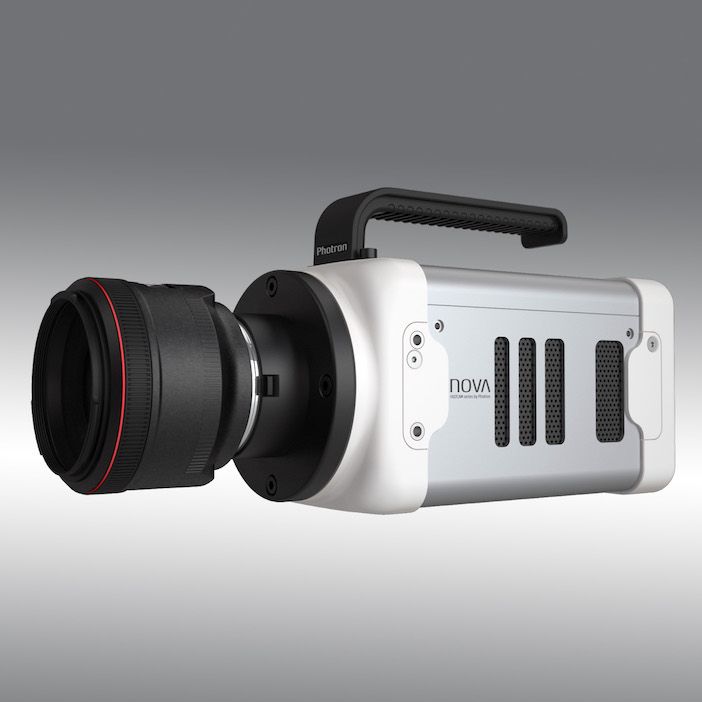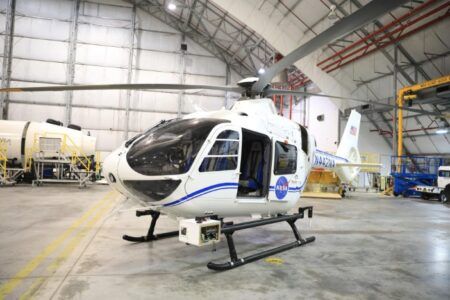Three very common imaging and analysis techniques used by engineers are Digital Image Correlation, Particle Image Velocimetry, and Schlieren Imaging. These imaging techniques provide insight into the strength and durability of materials, the characteristics of engine combustion processes, the aerodynamics of objects in flight, and much more.
Digital Image Correlation (DIC) is used to determine the extent of deformation, vibration and strain on materials undergoing physical stress. Through DIC, high-speed video is analyzed to identify and measure movements, some of which are incredibly small, within a high-contrast speckle pattern that has been applied to the surface of the material being tested. The speckle pattern movements are examined to provide automatic calculations and visualization of the degree of deformation, vibration or strain found on the material.
Particle Image Velocimetry (PIV) plays an important role in understanding the fundamental movement of liquids, gases and plasmas. Through PIV high-speed video is analyzed to identify and measure the movements of tracer particles that have been added to the fluid being tested. The particle movements are examined to provide automatic calculations and visualization of the fluid flow.
Schlieren imaging is used to visualize changes in pressure and temperature, as well as shock waves moving through a transparent fluid such as air. This imaging technique relies on differences in refractive index caused by density gradients in the fluid to bend light that is passing through the fluid. The bending of the light creates a spatial variation in the intensity of light, and this can be visualized with the use of a high-speed camera.
There are several factors that to consider when purchasing a high-speed camera for use with DIC, PIV, and Schlieren imaging techniques. These include frame rate, light sensitivity, and minimum exposure time, all of which contribute to overall image quality.
The number of frames per second (fps) and the image detail required to analyze a high-speed event must be considered. There are a small number of suppliers who can provide cameras that run at speeds in excess of 10,000fps at megapixel resolution or higher and greater than 1M fps at reduced resolutions.
Light sensitivity impacts the quality of high-speed images because without it the images will be dark and difficult, if not impossible, to analyze. Light sensitivity is typically presented as an ISO value. The higher the ISO value, the more sensitive a camera should be. Light sensitivity values on data sheets should be met with a degree of skepticism. It is important to evaluate a camera on-site in the real word application to make certain that the light sensitivity is sufficient for the application for which the camera is proposed.
Some high-speed events require extremely short exposure times – sometimes less than 1 microsecond – to stop the motion of those events. A camera’s capability to achieve a sub-microsecond exposure is dependent on two things. First, the camera’s sensor must be capable of performing such a short exposure. Second, the camera’s sensor must be sensitive enough that when it does utilize a sub-microsecond exposure it can capture enough photons of light to generate video that is of sufficient quality for analysis.
Aerospace testing environments can be challenging for high-speed camera suppliers. To guarantee the successful implementation of high-speed cameras within such environments it is important to select an experienced supplier who can provide a range of exceptionally reliable cameras and outstanding customer support.
This article was provided by Photron





